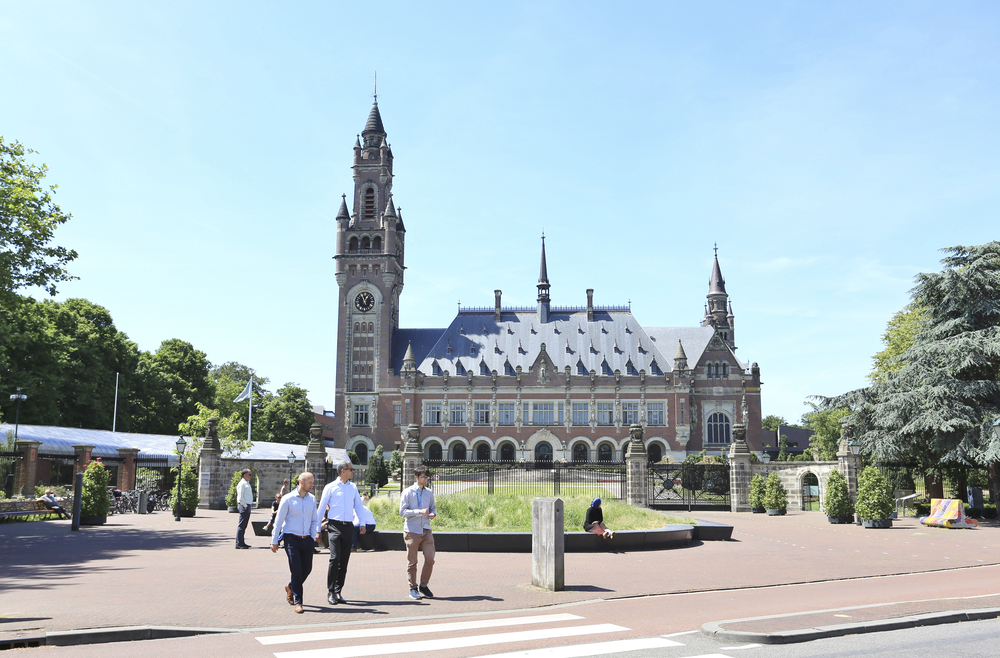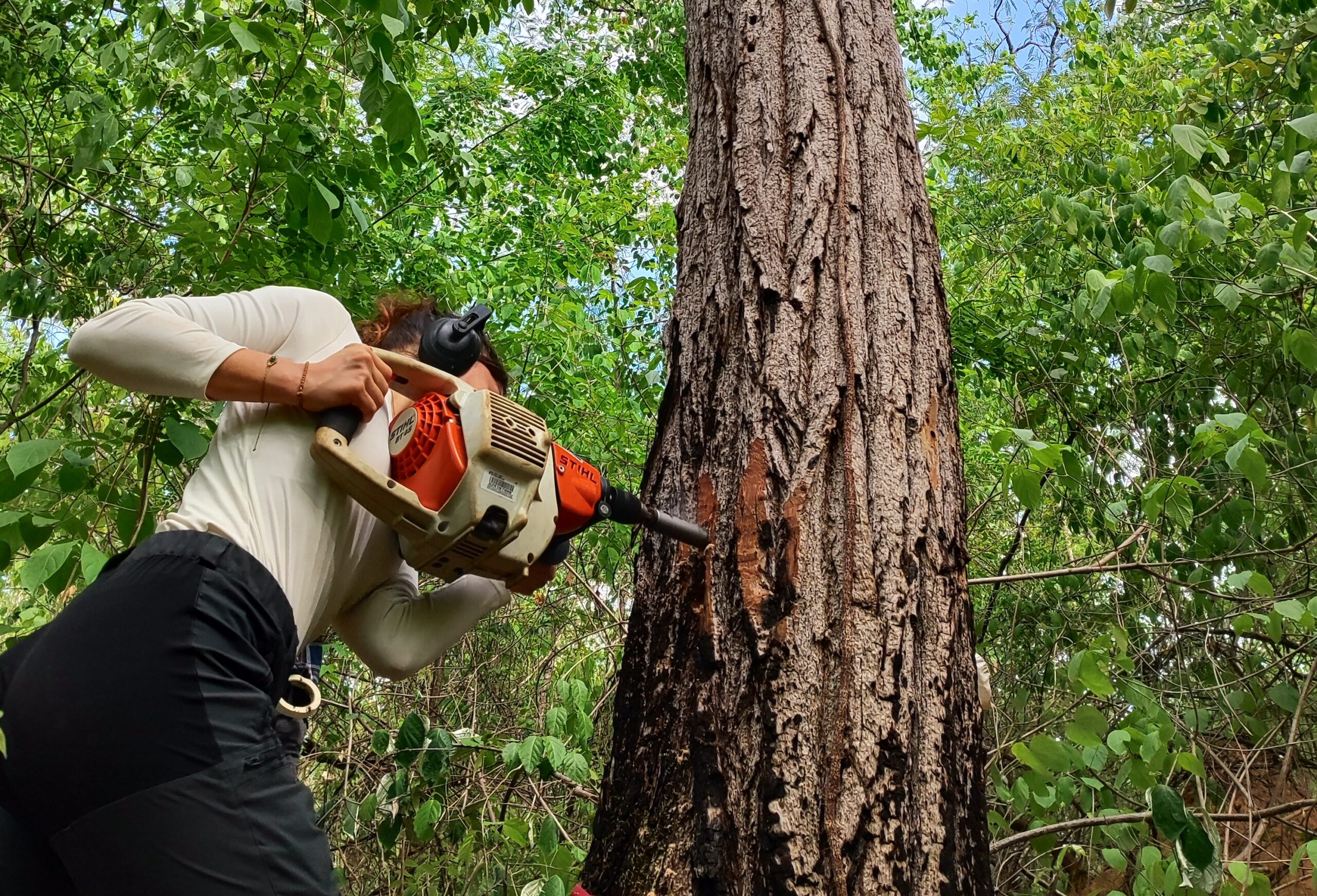The dragonfly is a good species to get an indication of the biodiversity of ditches and ponds. This is what biologist Tim Termaat argues in his thesis Trending Dragonflies, for which he will receive his PhD next week.
Termaat, who has loved dragonflies since he was a boy, believes the European Union should also take dragonflies as an indicator of the state of biodiversity, in addition to breeding birds and butterflies. His fascination with dragonflies started when he was 14 and became a member of the Dutch Youth Association for Nature Studies. It eventually resulted in a thesis in Wageningen. ‘The great thing about dragonflies is that all these different species have their own requirements for their habitat. So eventually you can predict which one you will find in a certain place.’
And Termaat says that this is why they are good indicators. ‘They can be found in many different freshwater systems and are highly sensitive to water quality and the structure of the vegetation and, for species in flowing water, the sediment on the ground. This freshwater environment is not covered by birds and butterflies. It is a significant gap in how we currently monitor biodiversity.’
This is not about dragonflies as we think of them. ‘They are not very interesting ecologically in the flying stage,’ says Termaat. ‘Dragonflies live underwater as larvae for most of their life.
No matter how mobile dragonflies are, they can’t keep up with the speed of global warming
Depending on the species, this is one or more years. After they turn into a flying insect, they only live for a few weeks. They are primarily water creatures.’
To serve as indicator, many observations are needed. And that was the issue until recently. ‘Most observations of dragonflies are not collected in a standardized way,’ explains Termaat. ‘So you can’t always use them to deduce trends.’ That is why he developed a method for deducing reliable trends from all these separate observations.
Not positive
The trend appears positive. Between 1990 and 2015, more than half of the species of dragonflies in Europe saw an increase in their population. None of the 99 species examined (69 per cent of the total number) declined. But there is a catch. Termaat: ‘The increase was mainly because many species respond positively to climate change. Dragonflies originated in the tropics and many prefer warm conditions.’
Global warming has even increased the number of species in the Netherlands. They are mainly species from France and Spain, with a focal point around the Mediterranean or even in Africa. Species that prefer cold conditions in Northern Europe in particular should be having a harder time. ‘This is true,’ says Termaat, ‘although we have only been seeing this in the past few decades. There is a lag in the response.’ According to Termaat, analysis of the data shows something even more worrying. ‘No matter how mobile dragonflies are, they can’t keep up with the speed of global warming. This is known as the climate debt. We won’t see the true effects of global warming until further down the line.’

 Photo Shutterstock
Photo Shutterstock 

